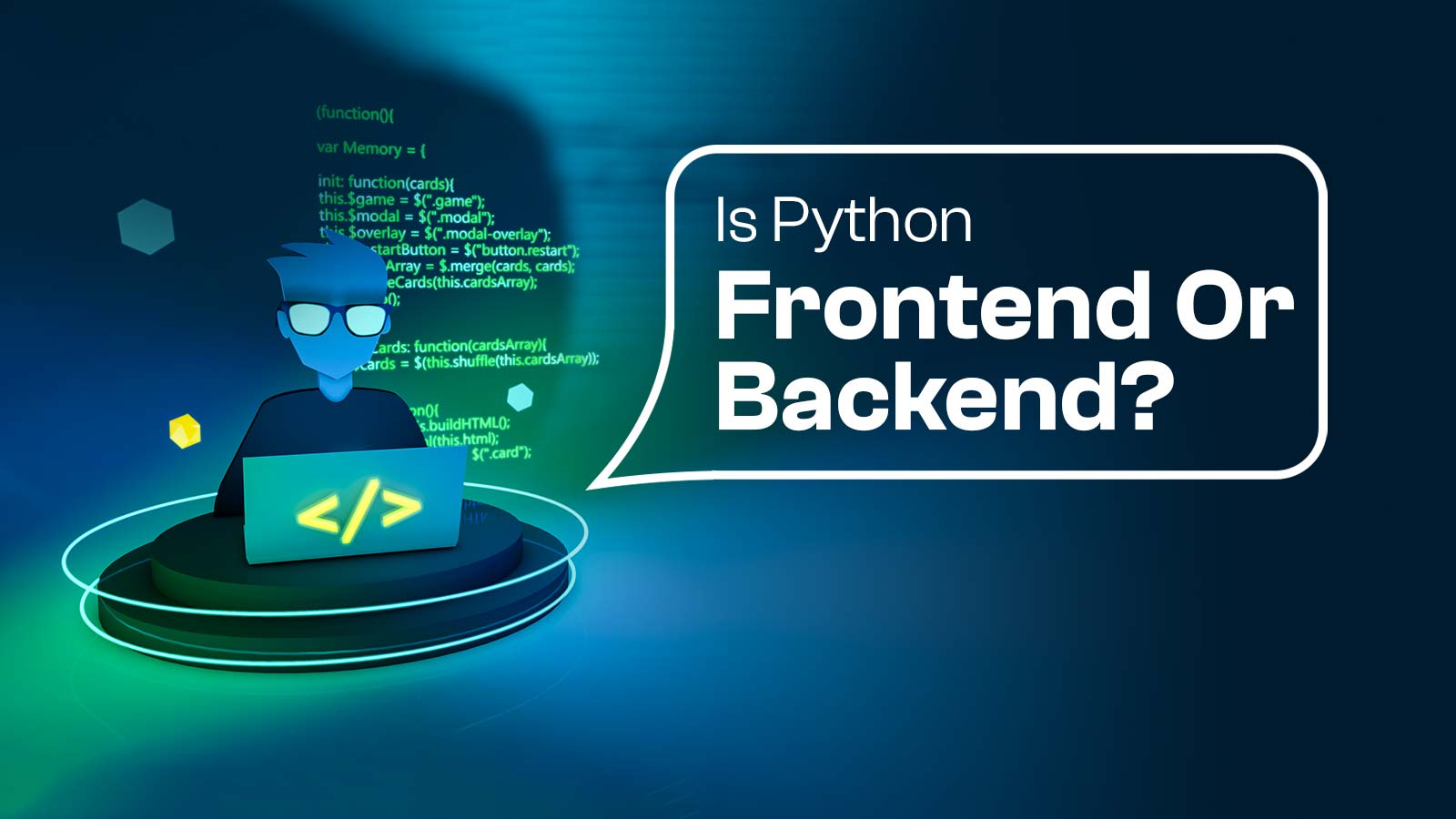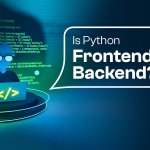The given statement is probably what everyone knows with respect to Python: it is routinely classified as a general-purpose language with a stack applied to formulate and implement internet platforms. Still, here’s what people probably aren’t aware of: over and above a solid stack for backend development (alongside its diverse tech society, almost neverending list of build-in tools, and multifaceted wireframes), it might be additionally applied to augment a user-facing side.
At https://assigncode.com/, we completed a thorough investigation regarding possibilities to exploit instruments and/or libraries of the preferred programming language for the server and user sides and are here to deliver some helpful insights for those inside a technical field, getting ready to join one, or curious researchers like us. So please, make yourselves comfortable, and I will begin…
Python: A Versatile Language for Web Development
What type of language is Python? A one-word answer would probably be versatile. The word should be called an immensely precise attribute to characterize a stack able to complement most domains, namely the creation of websites, computational science, computer-controlled robots, and data analysis – whatever a field would be, it meets its needs. Moreover, it encourages the establishment of readable, clean, modular code.
Understanding Python’s General-Purpose Nature
We can now give answers to What can you make with Python? Through instruments that are manifold, software engineers are empowered to craft platforms of diverse complexities. Available libraries feature robust instruments for data display, interpretation, or adjustment. Over the years, Python has evolved into a tech stack pivotal for ML, AI, and beyond. At the same time, its plainness turns it into a primer option for countless scripting assignments. Pygame allows programmers to implement 2D games, whereas SciPy is applied in scientific research.
Python’s Dominance in Backend Development
What Python is used for… If we hold on for just one second, refuse to dispute Is Python frontend or backend, and get back to its origins, we find out this stack was originally generated as the backend design instrument. However, it’s not just an okay instrument for server-side creation, it provides coders with a well-developed stack to meet their projects’ needs. Soon, we’ll learn more from this year’s statistical data but the previous year, Python became the initial preference for any platform progression since it:
- is explicit;
- has extensive and mature instruments;
- offers clean syntax;
- has a vast society.
Best Practices for Python in Web Development
In regards to web development Python renders some amazing practices for establishing applications that are solid, reliable, and scalable. The whole band of principles is regularly called the ‘Zen of Python’. According to it, programmers have to keep their code clean, applying consistent naming and understandable comments. One’s code should be clearly broken into parts: small & reusable, thus making any code adaptable (which is HUGE in debugging). Finally, integral tool sets have to be applied in every possible case for reasons of time and effort.
Django and Flask: Python’s Backend Powerhouses
Though there exist uncounted frameworks for those willing to join the world of Python, the names of Django/Flask take the first positions. There’s actually a debate on which of them is preferable, so let’s dot all the “i”s. Django framework is a favored choice since it focuses on reusable components, fewer lines of code, and speedy development. This Python/Django bond is a frequent choice thanks to the scalability and security of the web platforms built on it.
The Flask framework is a microframework that focuses on the project’s lightness and flexibility. With this framework, a programmer can utilize customizable structures to make sure a web app is feature-rich.
The Transition from Learning Python to Using Django
So when it’s the right time to shift from learning Python to learning and using Django? It’s enough to know the sufficient basics to continue learning Python and learn Django in parallel. The core knowledge includes basic concepts, iterables, dictionaries where data is stored in key-value pairs, functions, decorators, classes, packages, and basic HTML/CSS understanding. The next step is finding out what can you make with Python.
The Rise of Python in Frontend Development
But is Python backend or frontend coding instrument in the universe of bytes?
Due to its independence, great control, and user browser detection, Javascript has been standing behind the frontend part of web development for quite a while now. Over the past years, Python has stepped on the toes of Javascript: It can’t replace it completely (no), but it can be one of the best choices for frontend development. The reason is as simple as that: Python possesses extraordinary tools and features for building stunning web applications.
This is why the answer to Is Python backend or frontend coding instrument? can sound It’s not either or, it’s both.
Frontend Development with Python: Possibilities and Tools
The front-end side of web development with Python is real but with some caveats. It’s no secret that creating appealing and responsive UI designs on the front end demands the use of Javascript, HTML, and CSS. Python can cope with the UI.
Does this actually change our previous answer to Is Python frontend or backend instrument? It doesn’t: The language’s libraries for data visualization alongside GUI frameworks are commonly utilized to develop engaging platforms that support front-end development. Here are some of Python’s tools and tricks: it can be used to generate dynamic HTML, reduce Javascript and CSS files, and for web scraping.
Python’s New Frontier: Frontend Development with PyScript
In addition to the often-discussed Flask and Django for the backend, there’s PyScript for the front-end. The Framework was created on the basis of Pyodide, Emscripten, and WASM. Via this framework, a user is enabled to develop Python stack-based web platforms using an HTML interface. Above that, PyScript provides clean API and extensible components in the world of bytes. It not only supports HTML but also extends it to read dependable and opinionated components.







